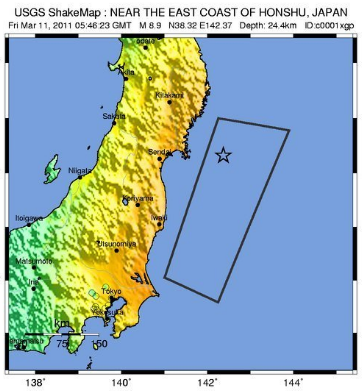Here are some tips to whiten your teeth the natural ways.
Embarrassed by your less-than-pearly-white teeth? It’s a common problem that can chip away at your self-confidence. Regular brushing and flossing sometimes isn’t enough to combat stains, and while whitening strips are helpful, they can also cause painful tooth sensitivity. Learn how to achieve whiter teeth with these natural solutions.
Try adding these natural whiteners to your diet for brighter, healthier teeth.
Natural Bleaching Agent: Strawberries
Strawberries are powerful teeth whiteners that contain both an astringent and vitamin C. The astringent in strawberries effectively aids in the removal of surface stains while vitamin C whitens teeth by clearing away plaque.
Natural Toothbrush: Apples
A crunchy apple acts like a toothbrush as you chew it. The process of chewing an apple removes excess food and bacteria from your mouth while scrubbing away surface stains. Apples also contain malic acid, a chemical used in teeth whitening products, which helps dissolve stains.
Natural Mouthwash: Raisins
Raisins help to keep your teeth white by inducing saliva production. An increased level of salvia naturally helps to rinse away plaque.
Still need a little extra help? Try this:
Ingredients
Baking Soda
Lemon
Directions
In a small bowl, mix a little bit of baking soda with the juice of a freshly squeezed lemon. The mixture should bubble slightly.
Using a cotton swab, wipe saliva and excess plaque from your teeth before brushing on the mixture. Leave the mixture on your teeth for a minute before gently brushing it off with a toothbrush.
Natural Bleaching Agent: Strawberries
Strawberries are powerful teeth whiteners that contain both an astringent and vitamin C. The astringent in strawberries effectively aids in the removal of surface stains while vitamin C whitens teeth by clearing away plaque.
Natural Toothbrush: Apples
A crunchy apple acts like a toothbrush as you chew it. The process of chewing an apple removes excess food and bacteria from your mouth while scrubbing away surface stains. Apples also contain malic acid, a chemical used in teeth whitening products, which helps dissolve stains.
Natural Mouthwash: Raisins
Raisins help to keep your teeth white by inducing saliva production. An increased level of salvia naturally helps to rinse away plaque.
Still need a little extra help? Try this:
Dr. Oz’s Teeth Whitening Home Remedy
Ingredients
Baking Soda
Lemon
Directions
In a small bowl, mix a little bit of baking soda with the juice of a freshly squeezed lemon. The mixture should bubble slightly.
Using a cotton swab, wipe saliva and excess plaque from your teeth before brushing on the mixture. Leave the mixture on your teeth for a minute before gently brushing it off with a toothbrush.
Don’t leave the mixture on your teeth for any longer than a minute; the acid erode tooth enamel.



















